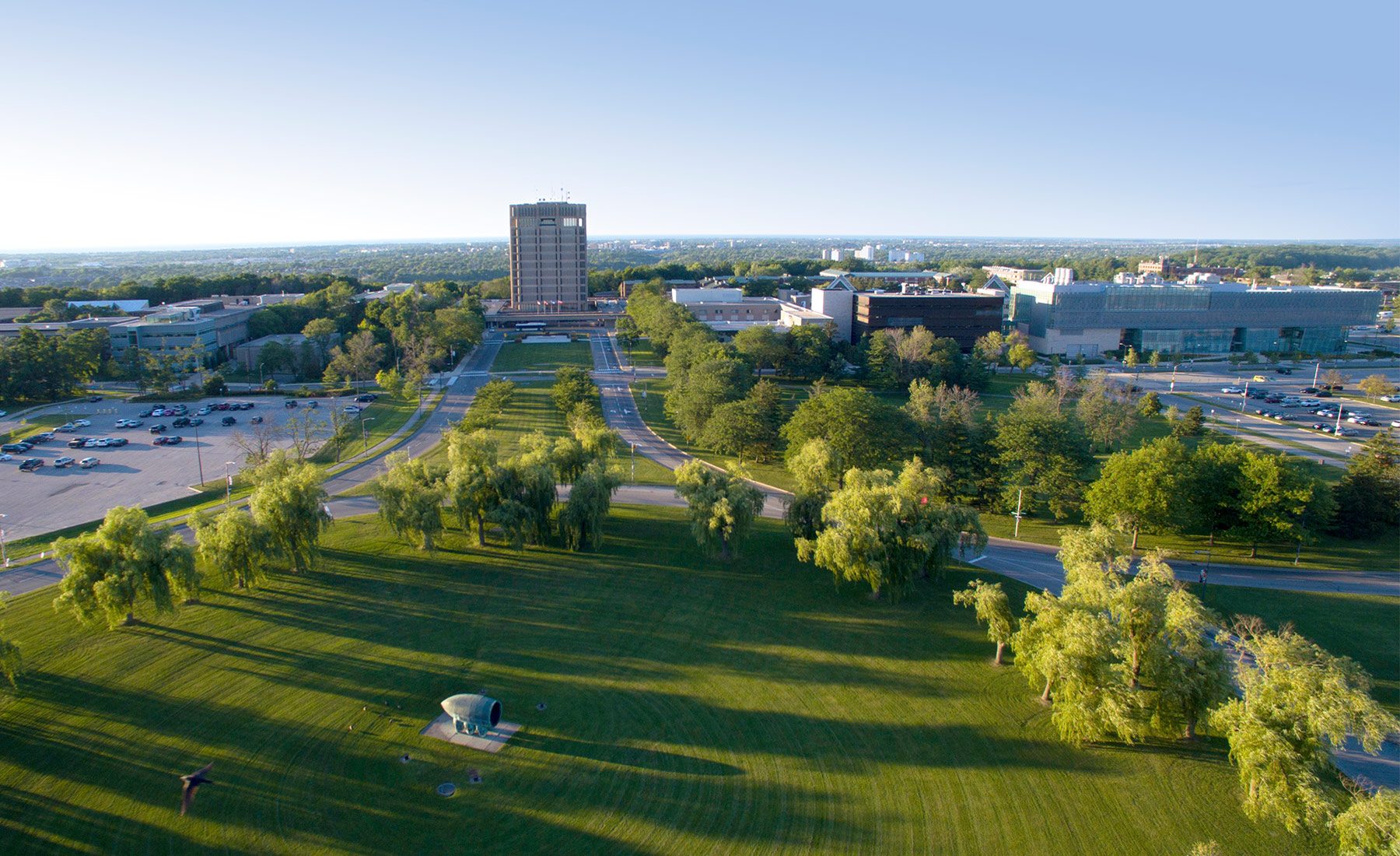MEDIA RELEASE: R00254 – 5 December 2016
When most people think DNA, they think of the molecule that makes us who we are, determining everything from our personalities to our hair colour.
But scientists think DNA will one day be used to make computers whose miniscule mass would have massive capacity to store data. These devices would have no chips or electrical circuits, and consume far less of the Earth’s resources than today’s computers.
And now, researchers at Brock University have created a tool that can potentially be used in a future computer that will be made out of DNA.
Chemist Feng Li, graduate student Xiaolong Yang, postdoctoral fellow Yanan Tang and undergraduate student Sarah Traynor have devised a strategy that simplifies the design of DNA circuits that may eventually be used in a DNA computer.
The Brock team’s research “Regulation of DNA Strand Displacement Using an Allosteric DNA Toehold,” was published recently in the Journal of the American Chemical Society.
“We’re at baby steps now,” said Li, “it’s not something like what we know as a computer yet. What we have now, if you can imagine, is something more like a calculator where you can use DNA to solve mathematical questions.”
Just like living creatures use DNA to store genetic information, DNA computers would be used to store information, said Li.
“In principle, you can save anything into DNA. For example, there are researchers who coded an entire book into DNA sequences. It’s different from hardware; you only need a tiny amount of DNA to store an entire book.”
If you type on the keyboard of a conventional computer, it generates binary codes, consisting of a series of 0s and 1s. Those codes translate what is entered into the computer into text, graphics or other things we see on the screen.
DNA can generate binary codes just like computers do, and doesn’t require electricity or materials such as silicon, aluminum and cobalt to do so.
Li says scientists around the world are racing to develop DNA for use in information technology, mostly by trying to use DNA as a computing component to construct a molecular computer.
“It’s not the electricity-based computer we use now, but rather the fundamental units are molecules of DNA.”
The Brock team has developed a method — called the ‘allosteric DNA toehold (A-toehold) strategy’ — in which DNA molecules can be manipulated using the principle of allostery, which is used widely for regulating enzyme activities by nature. This is done within a process called “toehold exchange,” in which an input DNA strand binds to a sticky end (toehold) on another DNA molecule.
Li says the toehold exchange method streamlines the design of DNA circuits.
“If you want to use DNA to replace a computer, you also need to somehow manipulate those DNA strands the way you want You need ‘rules’ to manipulate those DNA. There are existing rules you can use to manipulate DNA, but what we’re trying to do is to simplify this process by providing alternative rules. If you simplify the design, you save DNA molecules, you save money.”
How the output of the DNA computer — a screen displaying text, graphics and video in our current conventional computers — will be displayed for the average user is still unknown, says Li, but more of these blanks get filled in each time another step is taken toward the final goal.
See the full story in The Brock News.
NOTE: A graphic, as well as a photo are attached. Caption is as follows: Feng Li, assistant professor, Department of Chemistry, left, works in a Brock University lab with undergraduate student Sarah Traynor and graduate student Xiaolong Yang.
For more information or for assistance arranging interviews:
* Dan Dakin, Media Relations Officer, Brock University ddakin@brocku.ca, 905-688-5550 x5353 or 905-347-1970
